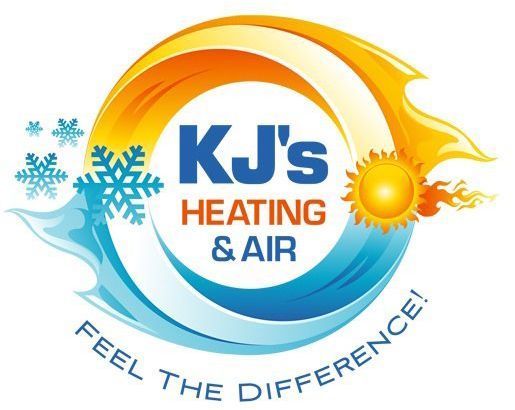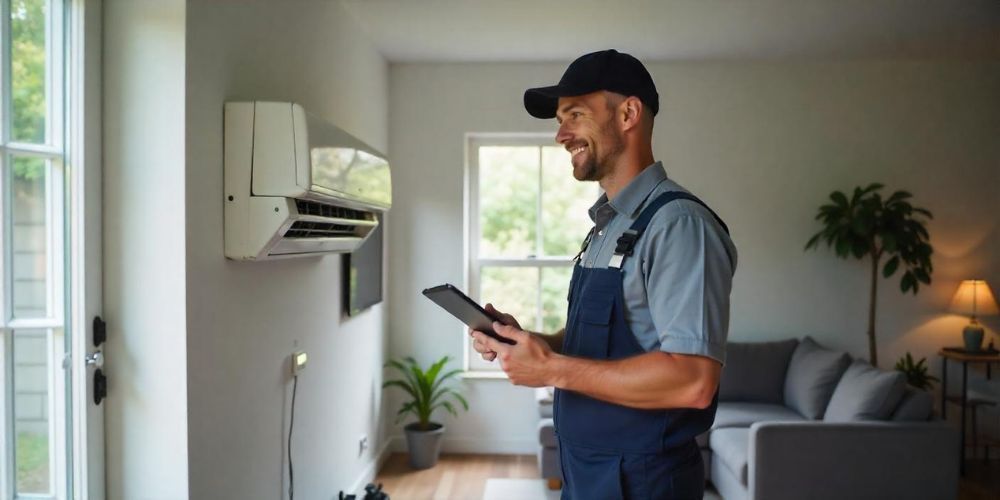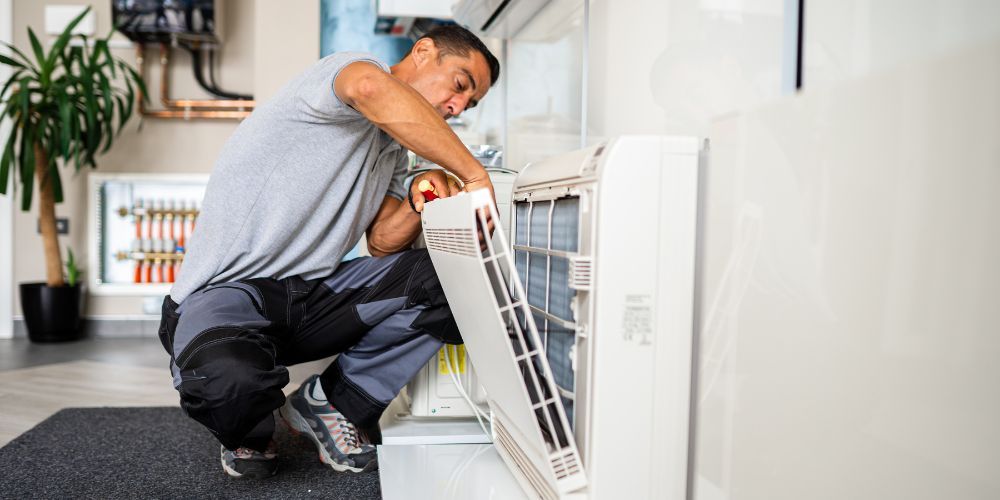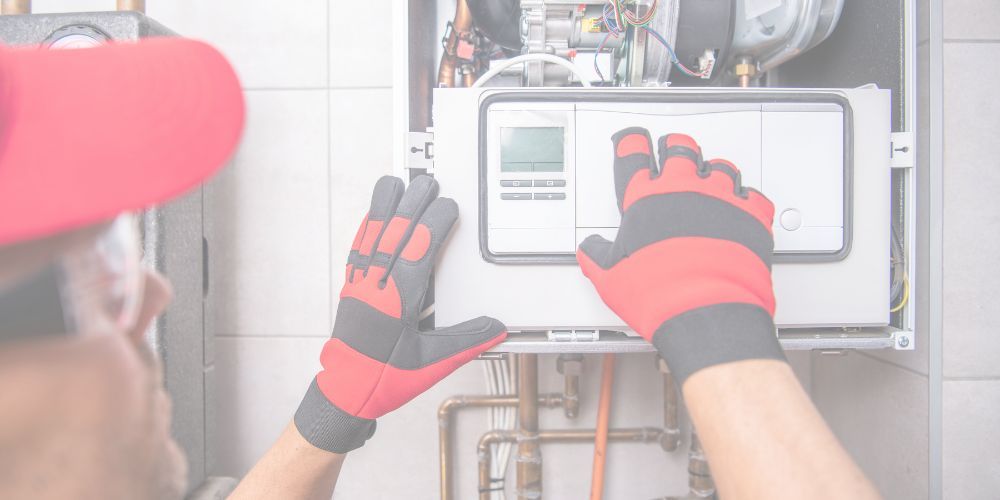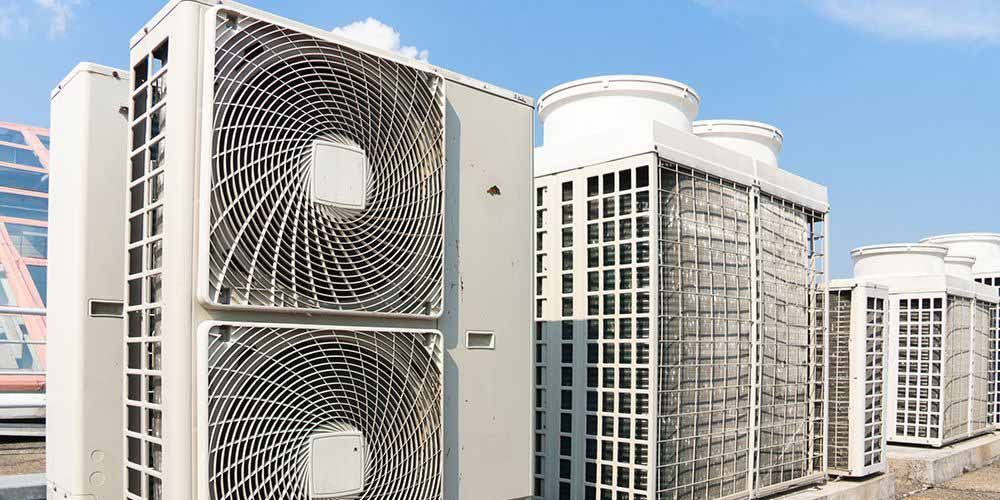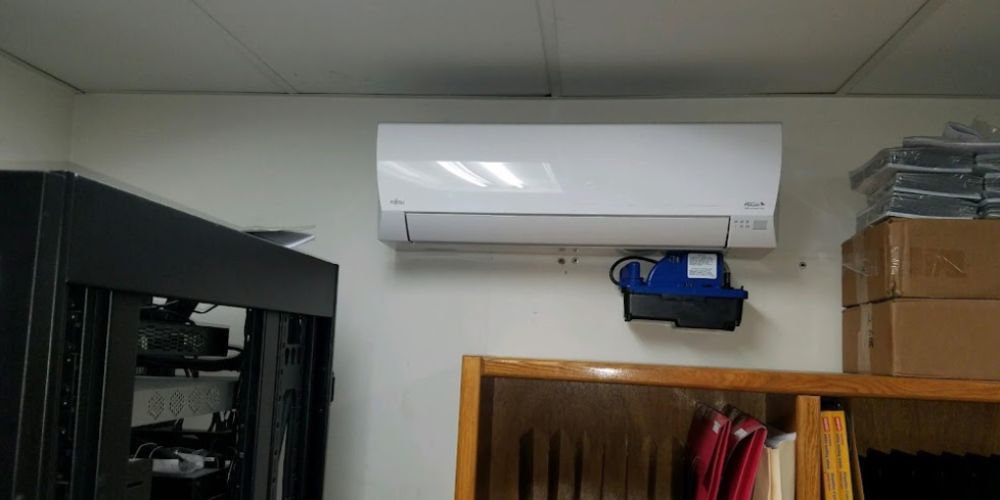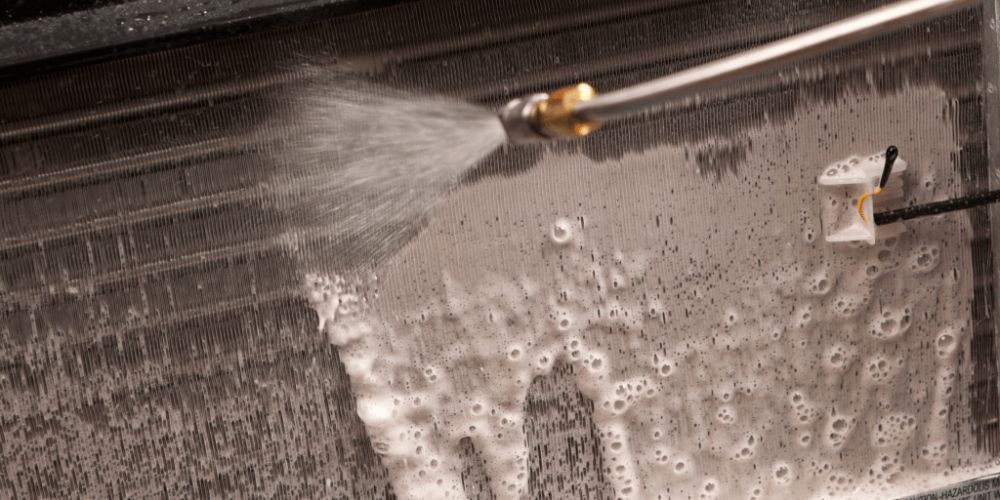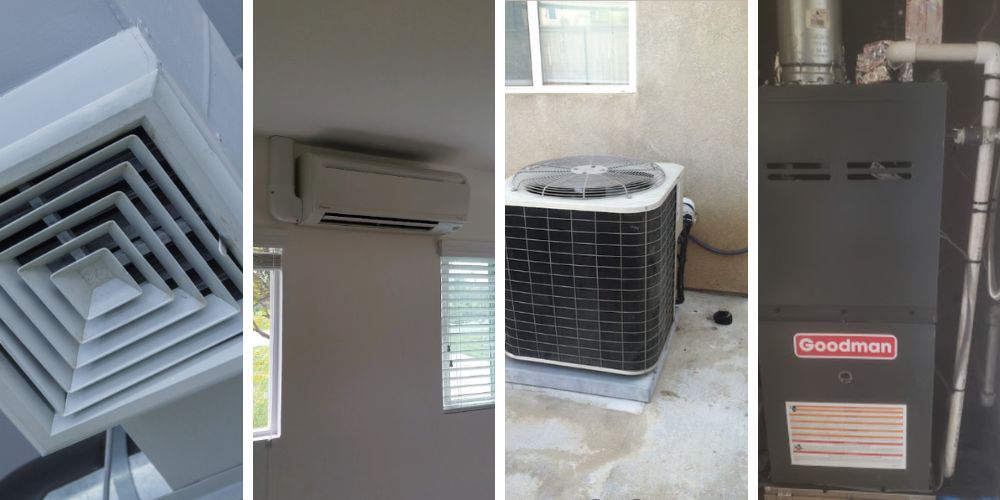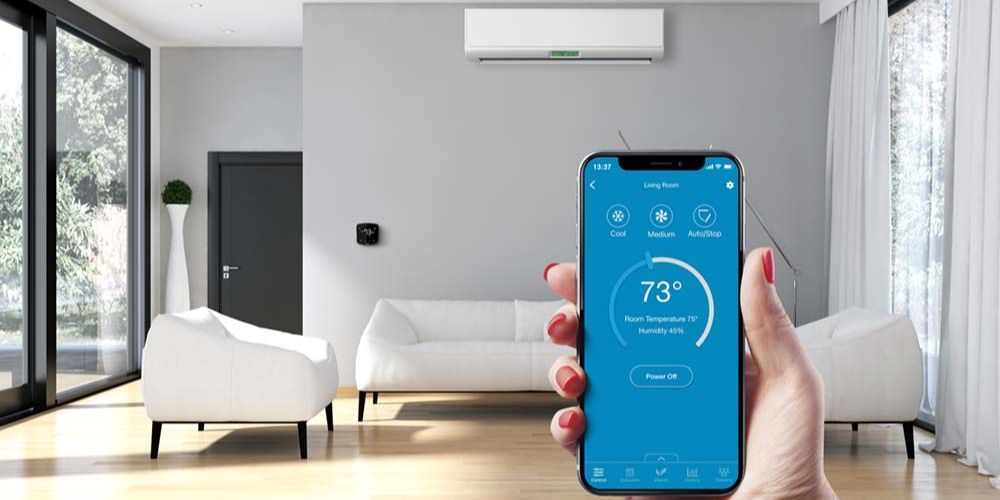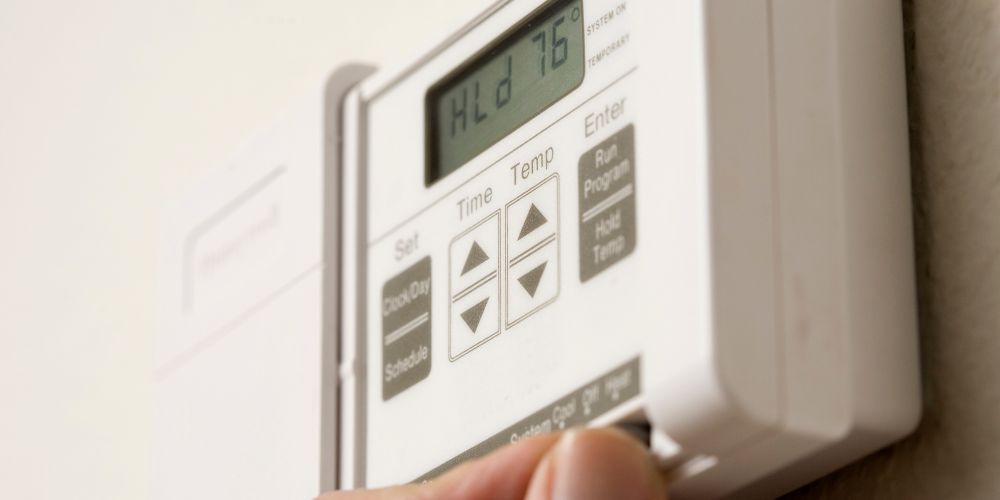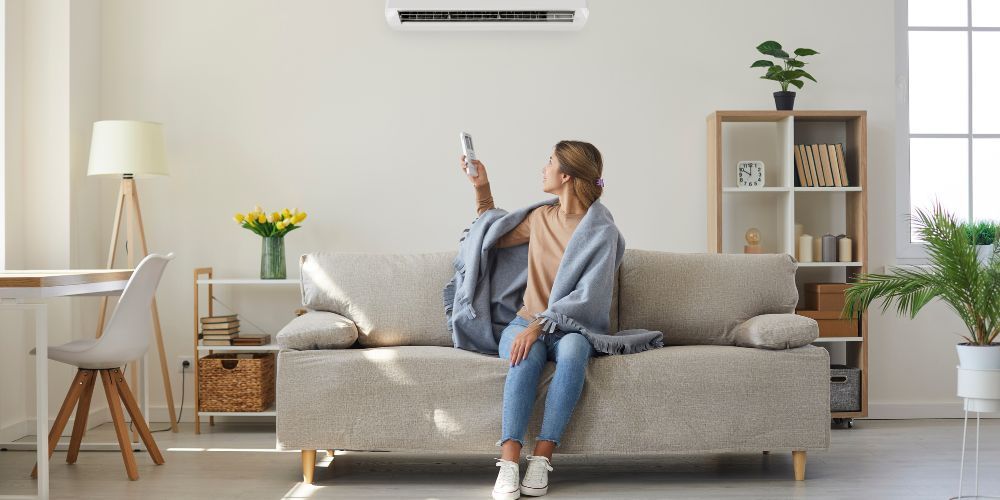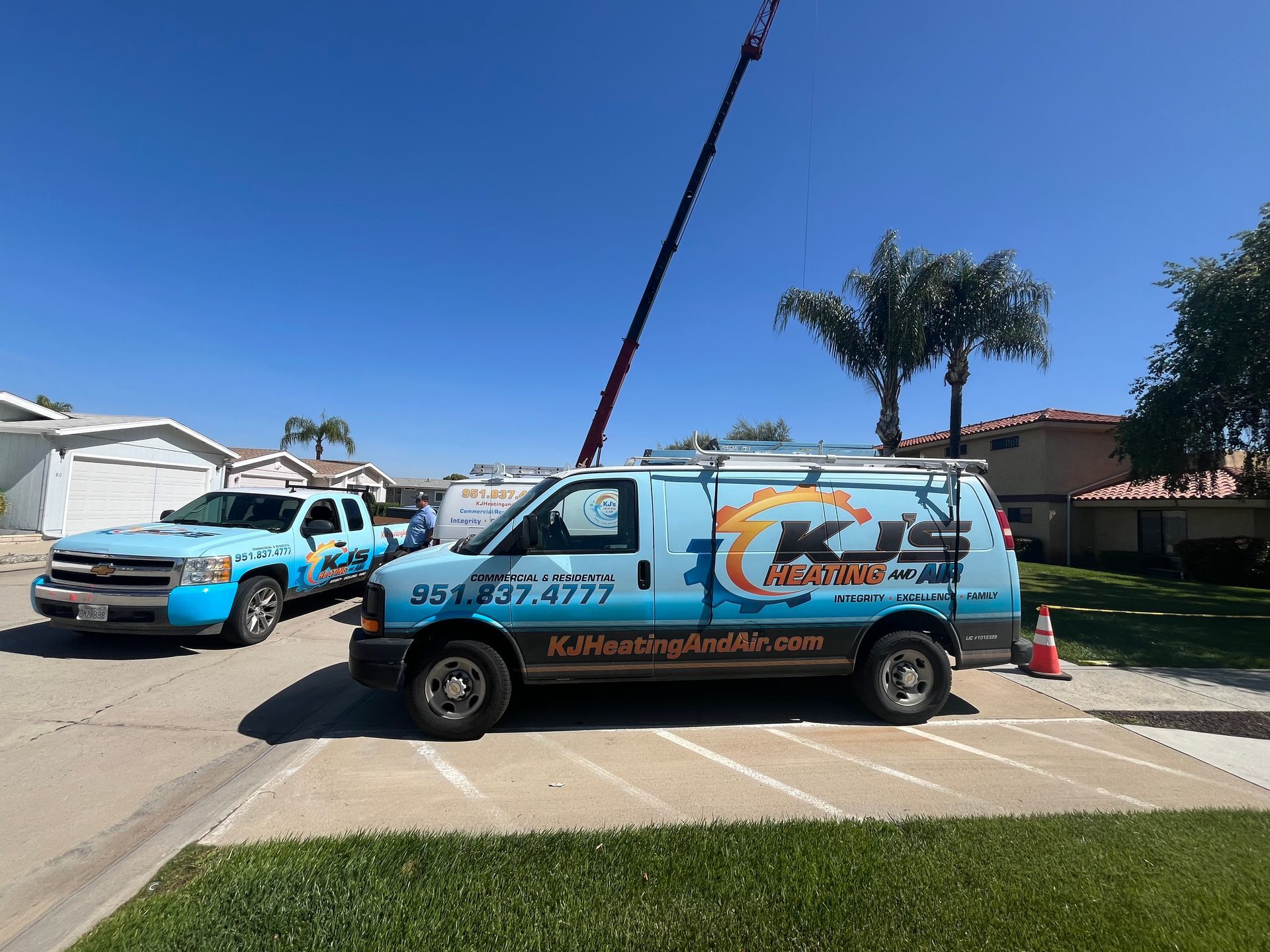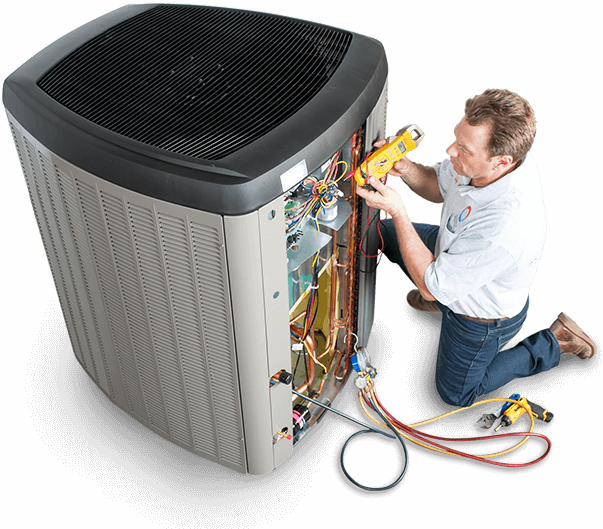Your Go-to HVAC Maintenance Checklist for Homeowners
An HVAC working saves in comfort, energy efficiency, and cost for a homeowner. Proper maintenance will not only extend the life of your heating and cooling systems but is also responsible for maintaining indoor air quality, keeping utility bills in check, and warding off sudden breakdowns.
There can be many things to keep track of; hence, here is an all-in-one HVAC maintenance checklist with all the key tasks that will help you keep your system on track throughout the year.
Seasonal HVAC Inspections
The most essential item on your HVAC maintenance checklist is setting up an inspection schedule. Experts suggest the average household HVAC system should get checks twice yearly—once in the spring when the cooling system is getting ready for heavy use and then again in the fall when the heating system begins to prepare for the upcoming winter. During these inspections, a qualified technician will:
- Thermostat calibration: Ensure it is optimally set and efficiently functioning to suit the season.
- Inspect electrical connections: Poor connections may reduce the system's lifespan or operation, which is positively dangerous.
- Lubricate moving parts: This reduces friction, ensuring smooth How-Things-Work operations.
- Check system controls: Verify the system starts, operates, and shuts down correctly.
- Examine condensate drains: Clogged drains could damage water and impact humidity.
These inspections are valuable because they help trap possible problems early and keep the system in tip-top shape.
Air Filter Maintenance
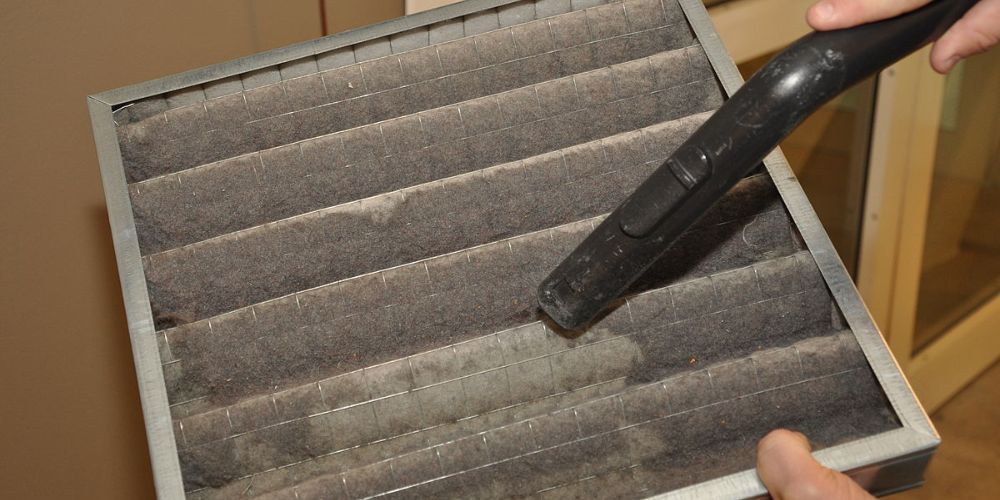
Air filter maintenance is a simple but critical component of your HVAC inspection checklist. Filters prevent dust, pollen, and other particles from passing through and being re-circulated in your system and home. A dirty filter can reduce efficiency, hike energy costs, and pump out lower air quality.
Here's how to handle your filters:
- Monthly Inspection: Especially during peak usage in summer and winter.
- Regular Replacement: Most filters require routine replacement every 1-3 months, depending on how dirty the environment around your house is.
- Think about high-efficiency filters: HEPA filters enhance air quality by collecting more particles.
Cleaning your filters ensures that your heat and air conditioning systems will run without waste and keep the air inside your home fresh.
Outdoor Unit Care
An outdoor unit, usually the air conditioning or heat pump system, must also be serviced regularly. This unit is openly exposed to the elements and can gather dirt and be damaged. Here is how you do it:
- Debris removal: Remove debris such as leaves and trash from the site routinely. Greater striping is recommended, leaving at least 2 feet of clear space on all sides of the unit for increased airflow.
- Clean the coils: Dirt on the coils reduces their efficiency. Clean them using a garden hose, but first, ensure the power is off.
- Look for damage: Inspect for visible wear and tear, such as bent fins and rust. If repair work is required, call a pro.
Proper outdoor unit maintenance ensures efficient operation and prolongs the system's life.
Related Read: How to identify AC coil leakage, How To Replace Compressor On AC Unit
Indoor Unit and Ductwork

The indoor unit and ductwork are, in every way, necessary for distributing air throughout your home. Their efficiency relies on regular servicing:
Clean evaporator coils: Dirty coils increase energy consumption. If in doubt, consult a professional.
Inspect the Blower: Clean the motor and fan blades to ensure good airflow.
Seal up and insulate ducts: Although leaky ducts can raise heating energy bills, they also create a path for energy loss. Make sure that they are sealed and insulated, particularly in unconditioned spaces.
Check for mold: Mold in your ductwork can affect health and air quality. Address any signs of mold immediately.
The indoor unit and ductwork maintenance keep an HVAC system running efficiently to provide home comfort.
Related Read:
Air Conditioner Not Blowing Cold Air But Running
Ventilation and Air Quality

Proper ventilation allows for fresh air in the building. The following shows how you properly ventilate a house:
- Clean vents and registers: Vents and registers may need to be cleaned occasionally, as dust and foreign material can block airflow.
- Ensure ventilation in the attic and basement: These areas could be moist, leading to mold growth. Proper ventilation will prevent this.
- Ventilating fans: Mechanical exhaust systems should be installed in the kitchen and toilets to the point of uncirculated/tempered air quality improves, and HVAC systems operate more efficiently with good ventilation.
Energy Efficiency and Safety Checklist
An energy-efficient HVAC system helps to save money and minimize the security risks involved. Here is how you maintain your HVAC system to be safe and efficiently serve its purpose:
- Set energy-saving thermostat settings: Adjust the thermostat when one is away from home to save energy.
- Check insulation: Good insulation lessens the work that your HVAC system has to do.
- Test for working smoke and carbon monoxide detectors: this includes periodically testing these devices, changing the batteries, and ensuring that the units work.
- Vent gas appliances properly: Provide appropriate ventilation to prevent the accumulation of hazardous gases.
These straightforward measures will leave you with secure and energy-efficient homes.
Conclusion
Regular HVAC maintenance will keep your system functioning efficiently and safest. By following this checklist, you can prevent unpredictable equipment breakdowns, reduce energy costs, and enhance air quality inside the building.
When looking for professional HVAC service, KJ's Heating and Air has been the solution thousands of people have trusted since 1981. Their highly trained professionals are ready to take care of all aspects of HVAC maintenance to keep your unit running efficiently.
